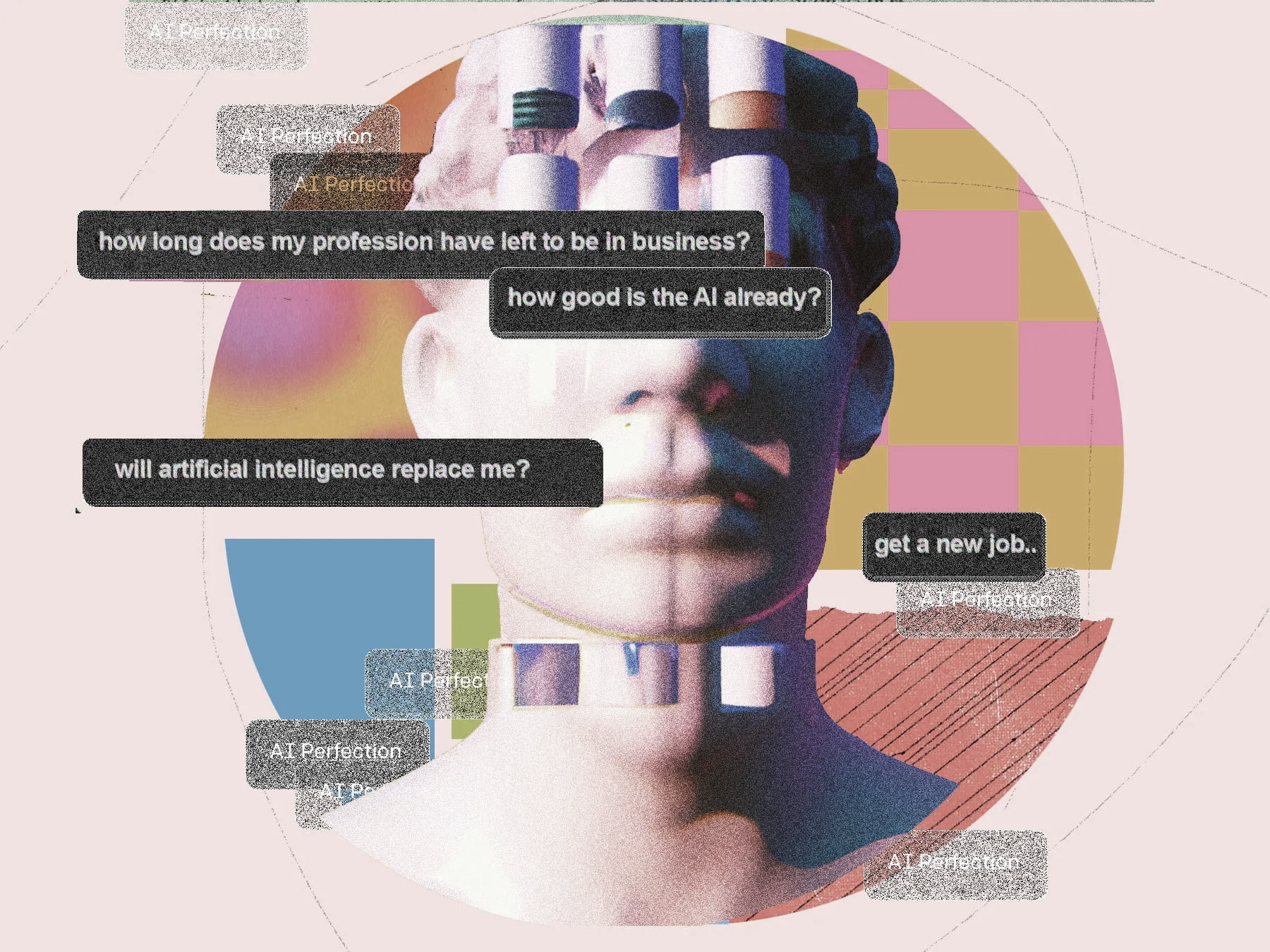It’s entirely possible that AI may replace 3D artists in the future, leading to changes in industry pipelines and raising questions about copyright infringement.
AI is becoming increasingly proficient at technical skills like creating basic forms and rendering, but artists’ unique storytelling ability may be the key to their future relevance despite concerns about AI being trained on copyrighted images.
AI image generators are advancing, but artists still need to determine the best solutions. Reframing technology as an opportunity rather than a threat is the healthiest mindset for artists.

3D artists have always used reference material. While there may be differences between computer vision and the human brain, the end result of inspiration and creation can be the same. However, there is a line that can be crossed with AI overfitting to training data and producing almost identical copies of the source image. AI image generators are becoming more advanced, but 3D artists are still needed to determine the best solution for a problem.
They can use AI to improve their skills and create better works faster, eventually replacing certain workflows but benefiting 3D artists. Referencing living 3D artists in AI prompts affects their livelihood and could have been easily avoided, which would go a long way in winning 3D artists over to the tools.

3D artists must adapt to AI integration in software tools and stay updated on new workflows and technologies to remain valuable employees in the changing art industry. AI is not going away, and 3D artists must decide whether to adopt it or stick to traditional skills. Predictions are often wrong but still fun to make. In the next five years, virtually every software package will be augmented with some degree of AI, making it unnecessary to categorize workflows as AI or not. AI is being integrated into software tools like Photoshop to augment and improve the creative process for artists. AI and technology are changing workflows and production, so 3D artists need to try new things and stay updated to stay employed constantly.
AI models in the arts industry are on the rise, leading to potential regulation, decreased studio staff counts, and increased production volume. AI models built on copyright-free images will likely be promoted by rival companies. Governments are slowly implementing AI regulation, with the US currently having 66 policies regarding AI.Regulation of AI in the arts industry is necessary, but it must be done carefully to avoid stifling innovation and to address global issues.Studio staff counts will decrease as AI replaces workflows, but the volume of studios and individual productions will increase due to lower costs.
AI could potentially replace artists in the future, but it will also create new opportunities and roles in the industry. It can potentially replace certain artistic skills, just as compilers replaced the skill of compiling code in the past. Generative AI technology could potentially replace artists in the future, automating the creation of 3D models and reducing the cost of developing games. AI will not replace artists but create new opportunities and roles in the industry. For instance, AI technology like Nerf has the potential to replace traditional back plates in VFX by capturing detailed 3D point cloud data of locations, allowing for more flexibility in camera angles and shots.
AI may replace 3D artists in low, mid, and high-end productions, and Apple’s involvement in VR development is crucial for the future. However, Apple is known for taking the time to create new products. Investing in VR technology could significantly increase interest, and technology’s impact is often overestimated in the short term but underestimated in the long term.
AI is not expected to replace 3D artists soon, with the metaverse development predicted to take another five to ten years. Still, many companies are heavily investing in AI, raising the question of whether it will replace 3D artists.
Here’s one short story from our CEO Andrew, who is also our studio’s art director, proving that AI is likely to become an additional tool rather than a complete replacement for 3D artists. One of the junior 3D artists at Rendler Studio was having difficulties with the proper lighting settings in the rendering, and he could not find the settings where light and shadow would emphasize the kitchen design. Andrew asked the 3D artist to render a rough rendering of this kitchen, and to be honest; this rough draft render left much to be desired; it needed to meet the high demands we require on the quality of our images. This mediocre draft was uploaded to the service magnific.ai, whereby by changing the settings, you can give some freedom to the AI to imagine where the light will go better and where the shadow will emphasize contrast favorably. Of course, the render that was created by the efforts of the junior artist and the AI service magnific.ai could not be sent to an actual client, as it contained many inaccuracies and so-called “hallucinations,” places on the render where the AI had added something that was not required of it, or that should not be in the kitchen view at all. But what’s interesting is that after the render was processed, the junior 3d artist could use it as a guide or reference image to adjust his 3d scene and see precisely what changes the AI made to the picture. Over the day, the artist brought his actual render closer to what the AI had adjusted, and this exercise rapidly brought the artist closer to a good result. This technique helps 3D artists see what their eye is not yet trained on; in this role, AI is a great auxiliary tool for the artist.
There are many more practical uses of AI, from trivial rendering enhancement to assistance; let us know if you’d like to read more stories about the valuable uses of AI that everyone is so afraid of right now.

WhatsApp us
Enter your details below to get 10% OFF your first interior or exterior project with us!
